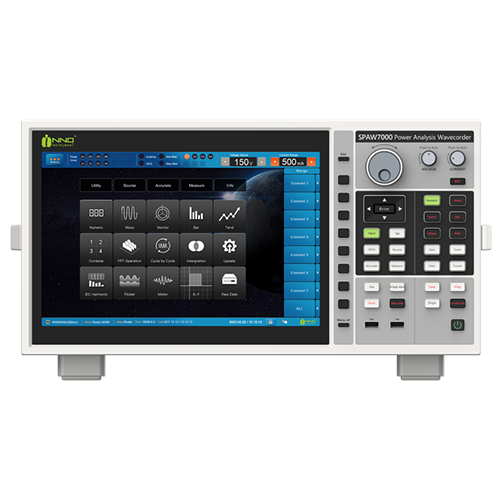An inverter is an electrical device capable of altering the voltage, frequency, phase, and other electrical characteristics of a power system.
Off-grid inverters are primarily used in new energy systems. Before they are introduced to the market and put into use, various parameters must be tested to ensure that their performance meets the requirements. These tests include evaluating conversion efficiency, startup performance, harmonic distortion, maximum output power, and etc. Among these, the conversion efficiency of off-grid inverters is a crucial performance indicator. A higher conversion efficiency means less energy loss, which is particularly important for increasing the effective power generation of photovoltaic systems and reducing the overall cost of electricity generation.
Inverters can be found in a wide range of applications, including electric vehicles, photovoltaic power systems, wind energy systems, and various household appliances like TVs and computers. In the field of photovoltaic power generation, inverters are generally categorized into two types: grid-connected inverters and off-grid inverters. Off-grid inverters refer to electrical systems that operate independently of the public power grid. They typically consist of manageable modular components to form a self-contained small-scale electrical network. These systems store the DC electricity generated by solar panels in batteries, and this DC power is then transmitted to the off-grid inverter for conversion into AC electricity, which can be used to power electrical loads. Off-grid inverters are especially suitable for remote areas where access to the main power grid is difficult, such as deep within mountains, deserts, and wilderness, and they provide an on-demand power source to meet electricity needs at any time and in any location.
Main Advantages
INNO's strong professional capabilities make its products more advantageous in related fields
SPAW7000 features 7 power channels and 2 motor channels, supporting a variety of voltage and current input ranges modules with distinct levels of precision. A maximum of 7 modules can be installed on a single instrument, each typically offering different specifications. This flexibility empowers users to select modules tailored to their specific requirements, thus customizing the instrument to accommodate a wide array of applications using just one power analyzer. We currently offer 8 modules with different specifications, with ongoing development of new modules.
Our power analyzer offers current phase compensation, integrating, fast Fourier transform and other functions; its data update rate can be as fast as 10ms to ensure high speed computation with high precision.





